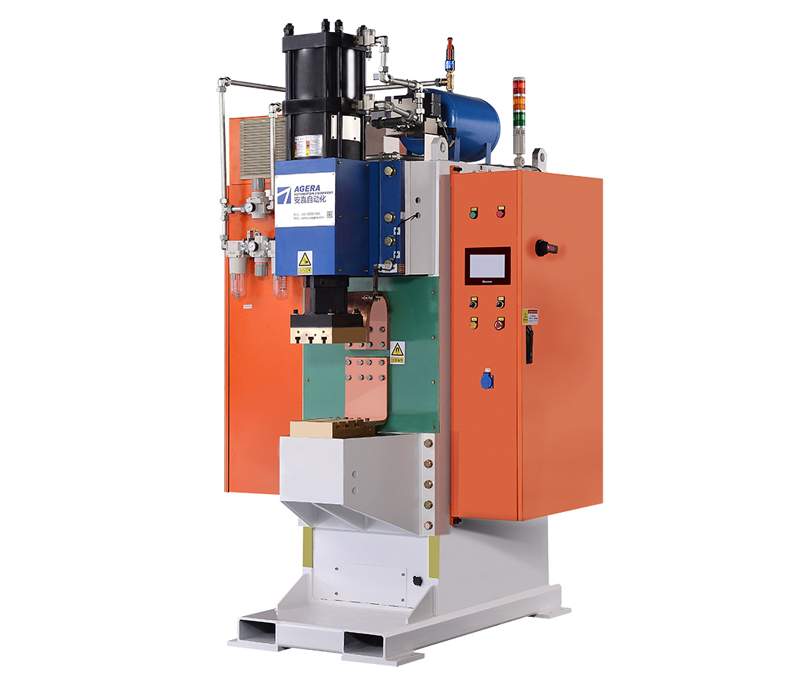The control circuit of a Capacitor Discharge (CD) spot welding machine is a critical element that governs the precise execution of welding parameters. This article delves into the intricacies of the control circuit, outlining its components, functions, and its crucial role in achieving consistent and high-quality spot welds.
Capacitor Discharge Spot Welding Machine Control Circuit: Explained
The control circuit of a CD spot welding machine is a sophisticated electronic system that orchestrates the welding process with precision. It comprises several key components and functionalities that ensure accurate and repeatable spot welds. Let’s explore the core aspects of the control circuit:
- Microcontroller or PLC: At the heart of the control circuit is a microcontroller or a programmable logic controller (PLC). These intelligent devices process input signals, execute control algorithms, and regulate the welding parameters, such as welding current, voltage, time, and sequence.
- User Interface: The control circuit interfaces with the user through a user interface, which can be a touchscreen display, buttons, or a combination of both. Operators input the desired welding parameters and receive real-time feedback on the welding process.
- Welding Parameter Storage: The control circuit stores predefined welding parameter settings. This feature enables operators to select specific welding programs tailored to different materials, joint geometries, and thicknesses, ensuring consistent results.
- Sensing and Feedback Systems: Sensors within the control circuit monitor critical factors such as electrode contact, workpiece alignment, and temperature. These sensors provide feedback to the control circuit, allowing it to make real-time adjustments and maintain the desired welding conditions.
- Trigger Mechanism: The trigger mechanism, often in the form of a foot pedal or a button, initiates the welding process. This input triggers the control circuit to release the stored electrical energy from the capacitors, resulting in a precise and controlled welding pulse.
- Safety Features: The control circuit includes safety features that protect both the operator and the machine. Emergency stop buttons, interlocks, and overload protection mechanisms ensure safe operation and prevent potential hazards.
- Monitoring and Display: During the welding process, the control circuit monitors key parameters and displays real-time information on the user interface. This allows operators to track the progress of the weld and make any necessary adjustments.
The control circuit is the brain behind the operation of a Capacitor Discharge spot welding machine. It integrates advanced electronics, user-friendly interfaces, and safety mechanisms to achieve accurate and consistent spot welds. Its ability to regulate welding parameters, monitor feedback, and adapt to changing conditions plays a crucial role in ensuring optimal weld quality and efficiency. As technology continues to advance, the control circuit’s capabilities evolve, enabling more sophisticated and automated welding processes in various industries.
Post time: Aug-11-2023








